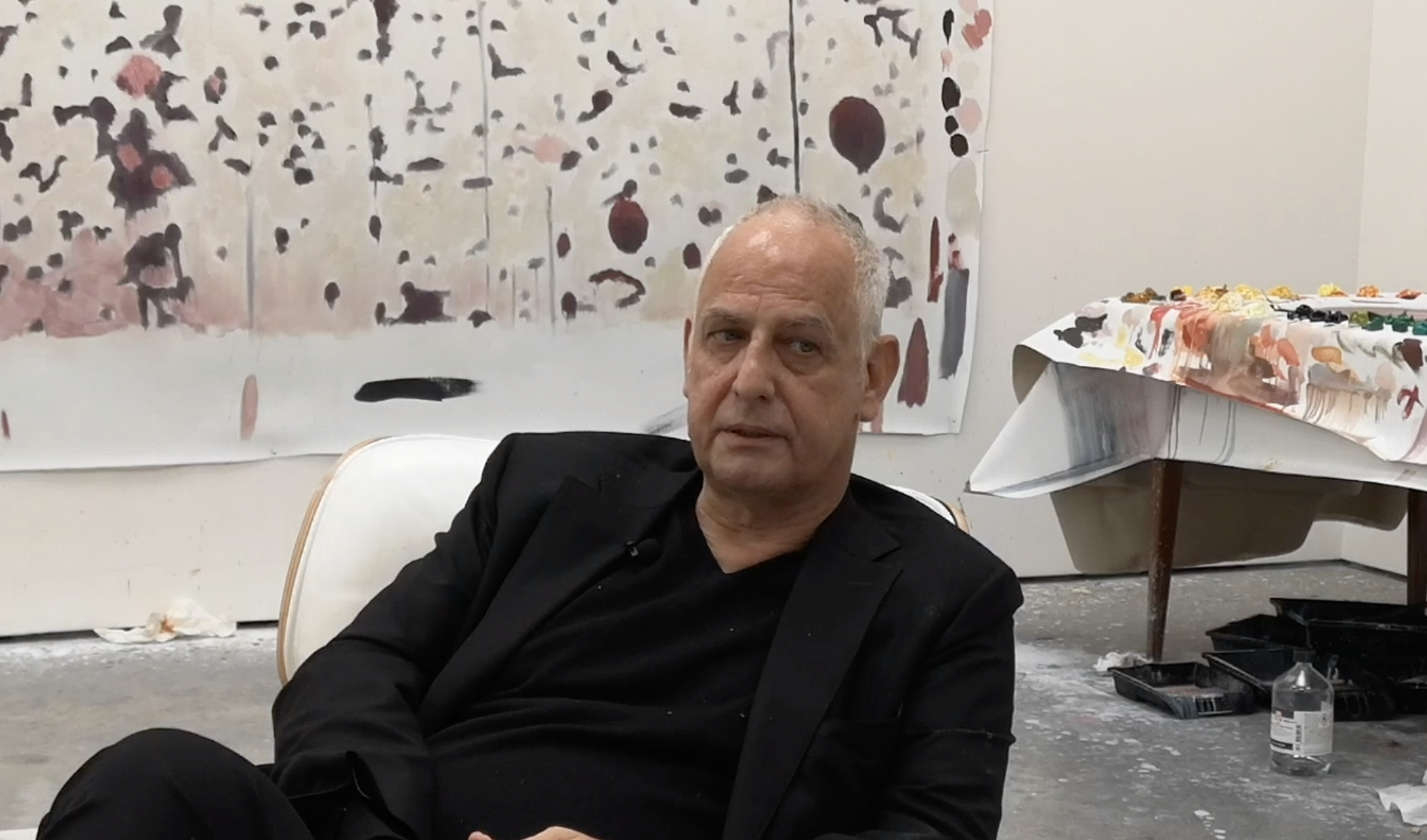
Luc Tuymans (b. 1958 in Belgium, where he lives and works) is both an heir to the vast tradition of Northern European painting and an artist who undermines that tradition’s dependence on history, portrait, landscape and still life.
A child of the 1950s, Tuyman’s relationship to the medium of painting is influenced by photography, television and cinema. Interested, among other things, in Christian iconography, the lingering effects of World War II on the lives of Europeans, and the weight of tradition, Tuymans’ work delves into issues of history and memory. In addition, he explores the relationship between photography and painting by using a muted palette to create canvases that are simultaneously subdued and disarmingly stark.
Removed from their contexts and translated into paint, the images Tuymans uses often speak about the fact that painting lacks the indexical power of photography. The cropping, framing, sequencing and close-ups used by the artist, together with his painterly technique, hinders even more the descriptive potential of painting and acts as a meditation on the construction of all images.






